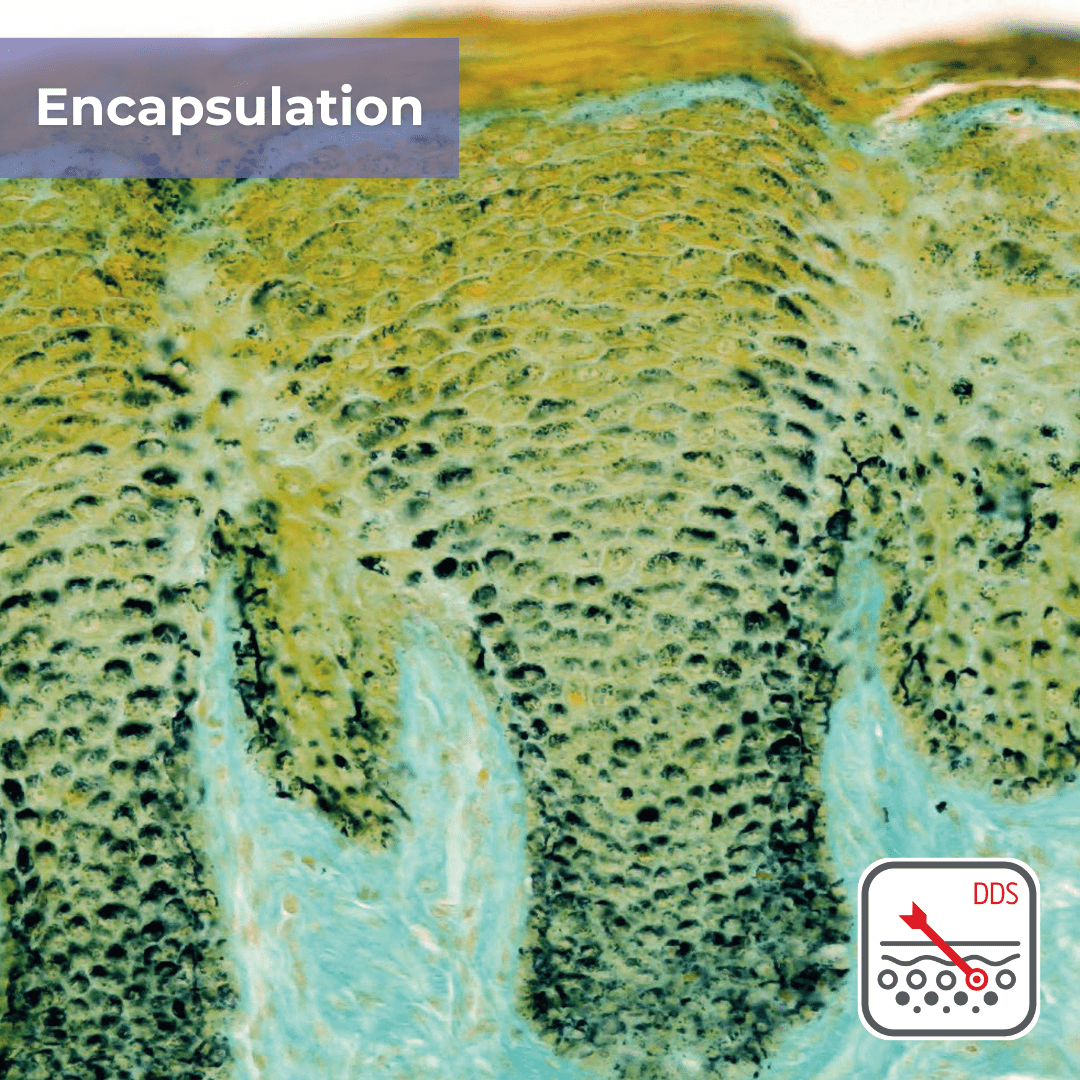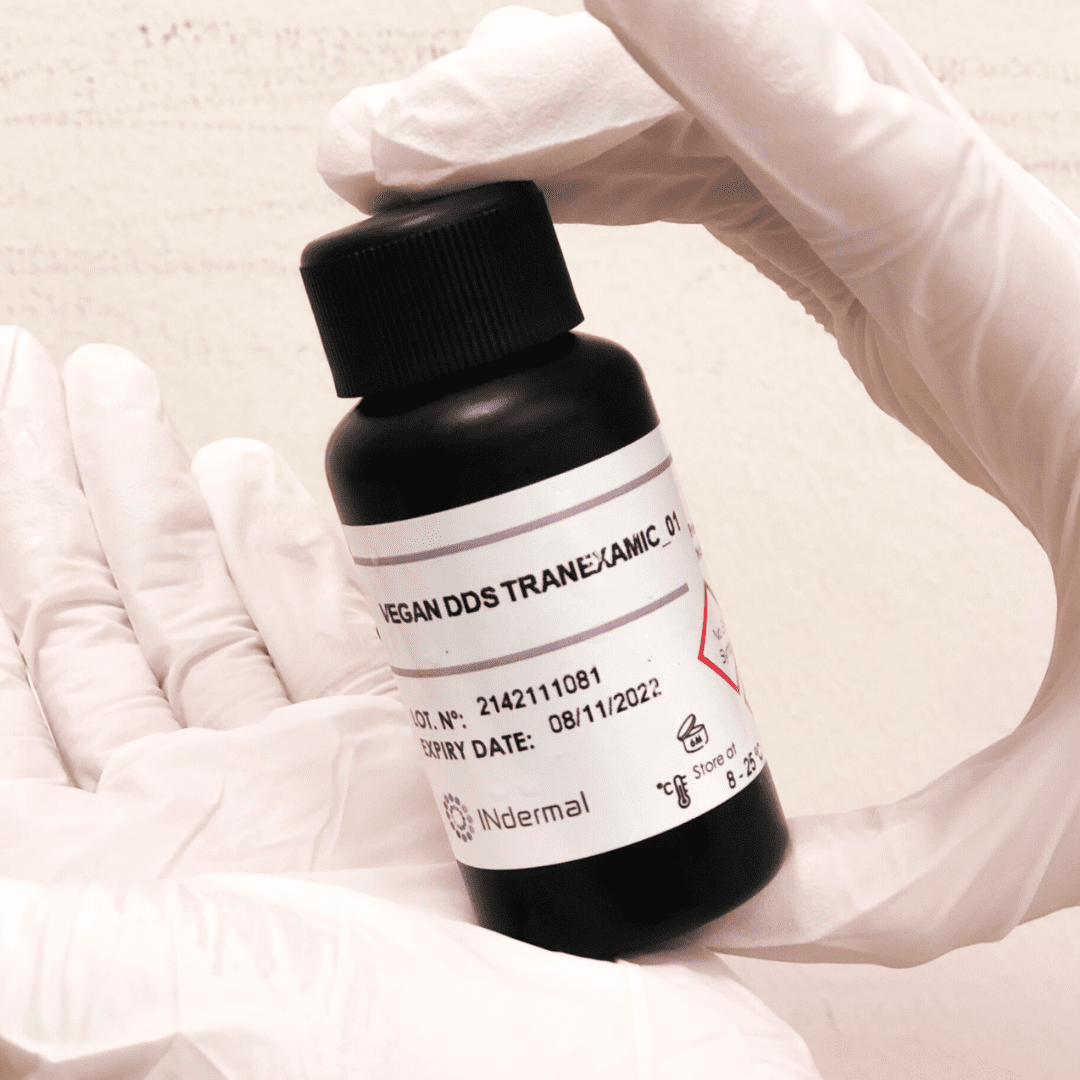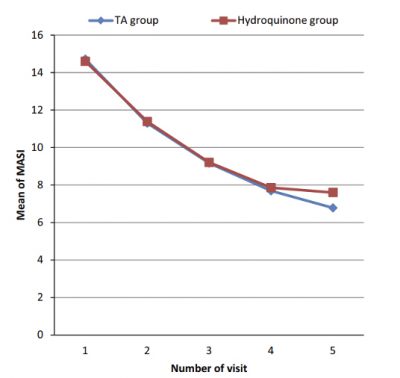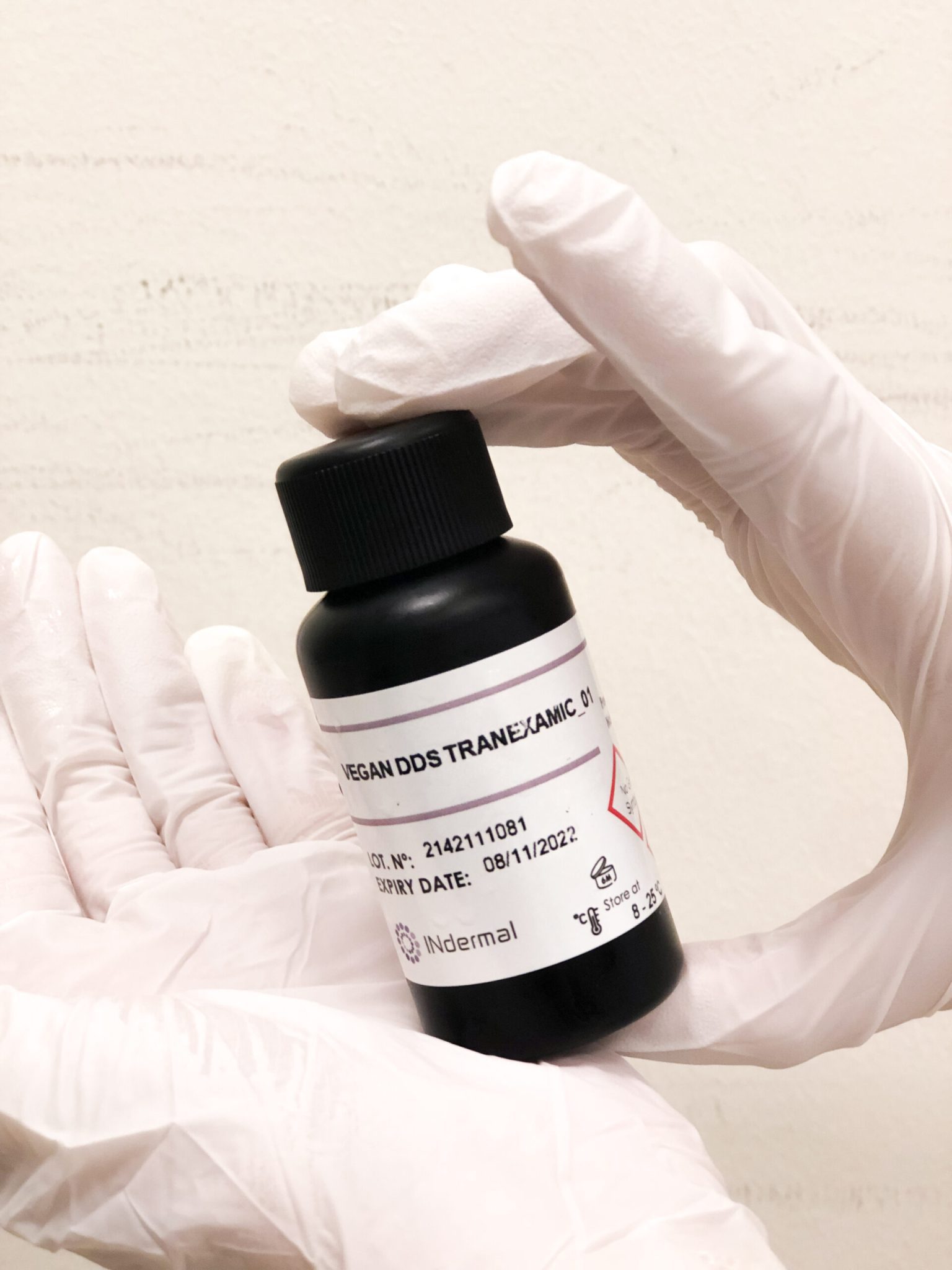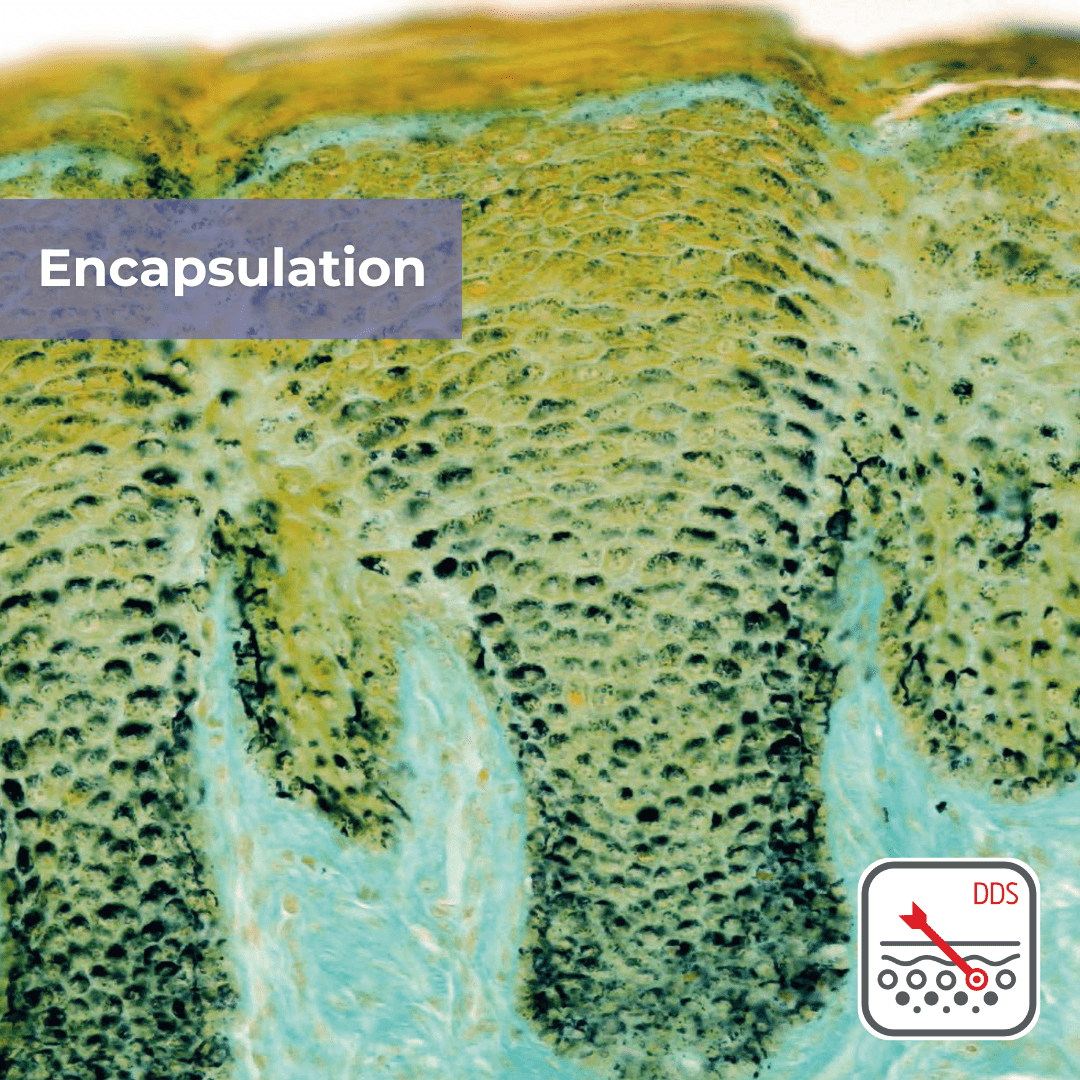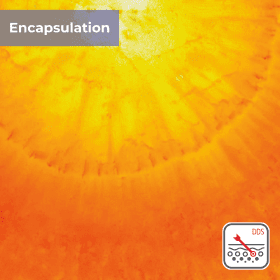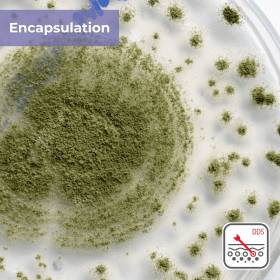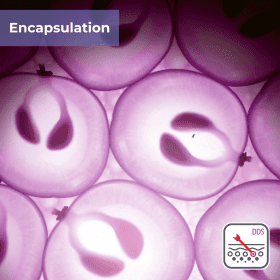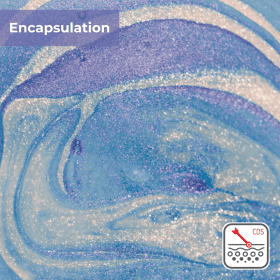Deep Delivery Nanovesicles with 2.5% Tranexamic Acid + 0.5% Niacinamide
Tranexamic Acid is used in cosmetics to reduce pigmentations. It acts on keratinocytes which contain melanin. This interrupts the inflammatory process that produces blemishing following external aggressions or injuries such as acne.
Tranexamic acid also reduces increased vascularization which always accompanies recurrent hyperpigmentation such as melasma.
Tranexamic Acid, together with the ability of Niacinamide (Vit.B3) to inhibit the transfer of melanosomes and protect the DNA from UV damage, combine to make a potent treatment for all types of blemish.
It is particularly effective in the treatment of photo-induced pigmentations: Melasma, Liver spots and more.
TRANEXAMIC ACID INGREDIENT PROPERTIES
- Inhibits melanogenesis.
- Reduces the inflammatory process associated with hyperpigmentation.
- Inhibits the transfer of melanosomes.
- Stimulates the physiological repair of the DNA from UV damage.
- Prevents photo-aging.
BENEFITS OF THE ENCAPSULATION OF DDS-TRANEXAMIC
- Protects the Tranexamic Acid against degradation.
- Delivery of the active ingredient to the basal layer where melanocytes are located.
- Increases the intensity and speed of the results.
- Gradual delivery for more sustainable results.
- Facilitates the integration of the active ingredients in cosmetic formulas
PROPERTY CHARACTERISTICS of DDS-TRANEXAMIC
- + 150% delivery compared to the non-encapsulated active ingredient
- White coloured liquid.
- Biomimetic nanovesicle with moisturising and restorative properties.
EFFICIENCY STUDY OF DDS-TRANEXAMIC
Journal of Cosmetic Dermatology: In an in-vivo test on a group of 30 women with moderate to severe melasma, the topical efficacy of 4% hydroquinone was compared to that of 5% Liposomal Tranexamic Acid.
The study concluded that “the topical treatment of melasma with Liposomal Tranexamic Acid can be considered a safe and effective option.

